
Ancient Greece is the most important primary source for the culture of modern Europe. Prose, poetry, dramaturgy, sculpture, painting for thousands of years draw the plots of their ancient sources, the basis for which were myths. Ancient Greek mythology basically reflects the events of the 2nd millennium BC. The title illustration shows a refined Campanian vase from 330 BC. with the image of Electra, grieving at the grave of her father. Electra, the daughter of Agamemnon, the leader of the Greeks during the campaign against Troy, and her tragic fate has been inspiring representatives of numerous trends in art for more than 3 thousand years.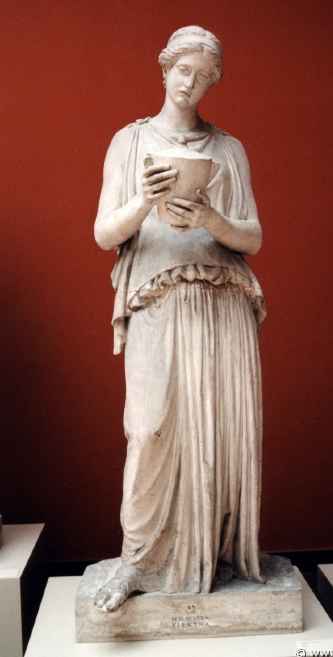
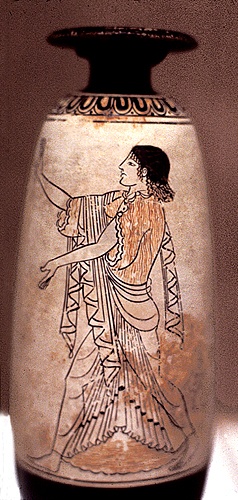 The events of the Troy campaign, which supposedly date back to the 13th - early 12th century BC, originally known from myths, served as the basis for the Trojan cycle of epic poems created in the 8th-7th centuries BC. This cycle in particular includes the Iliad and the Odyssey. In the sixth work of the “Returns” cycle, one of the storylines is the murder of Agamemnon, who returned with the victory in Mycenae, by his wife Clytemnestra and her lover Aegisthus.
The events of the Troy campaign, which supposedly date back to the 13th - early 12th century BC, originally known from myths, served as the basis for the Trojan cycle of epic poems created in the 8th-7th centuries BC. This cycle in particular includes the Iliad and the Odyssey. In the sixth work of the “Returns” cycle, one of the storylines is the murder of Agamemnon, who returned with the victory in Mycenae, by his wife Clytemnestra and her lover Aegisthus.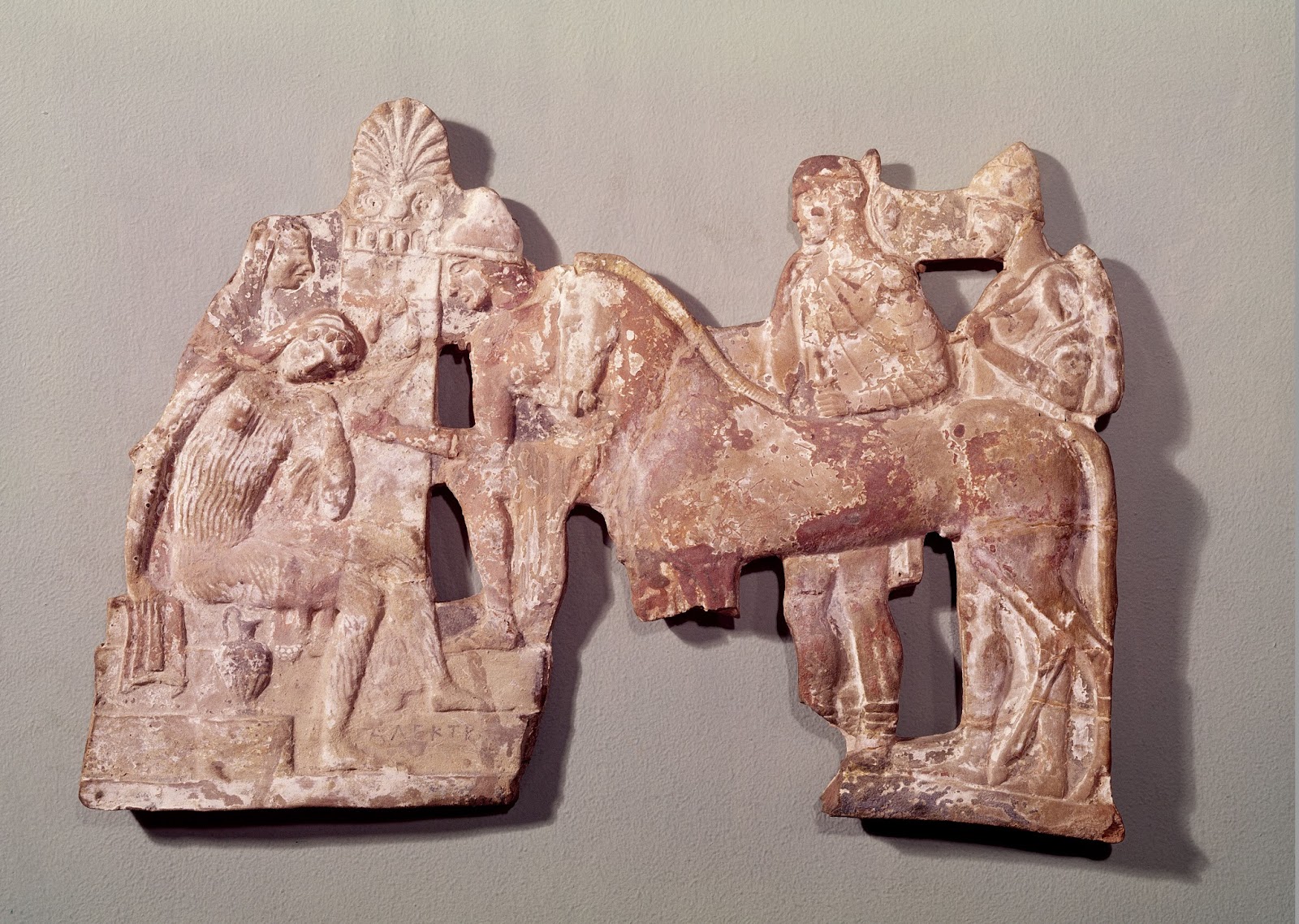 Agamemnon's son and nephew Orestes and Pylades, inspired by their sister Elektra, avenge Agamemnon.
Agamemnon's son and nephew Orestes and Pylades, inspired by their sister Elektra, avenge Agamemnon. 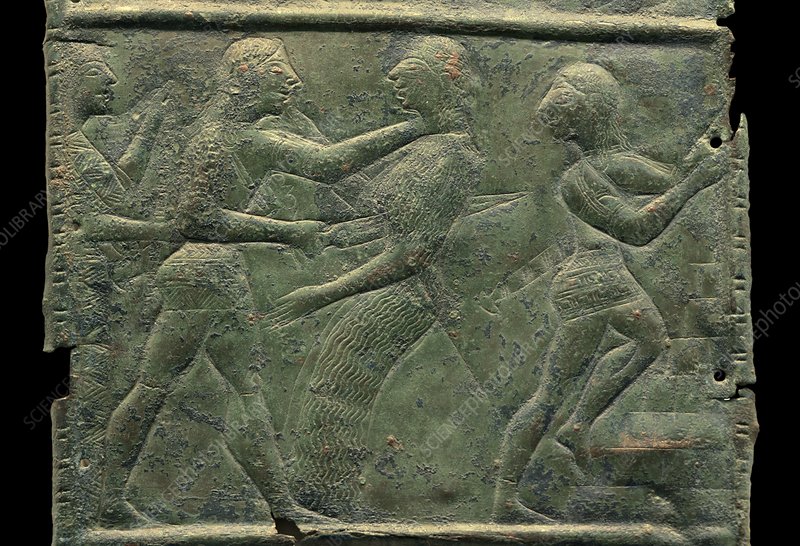 During the period of classical antiquity, a whole constellation of prominent authors immortalized Electra. This was first done in Aeschylus' play Oresteia. The trilogy was first staged on stage in 458 BC. at the Festival of Dionysus, an annual cultural and religious celebration in Athens.
During the period of classical antiquity, a whole constellation of prominent authors immortalized Electra. This was first done in Aeschylus' play Oresteia. The trilogy was first staged on stage in 458 BC. at the Festival of Dionysus, an annual cultural and religious celebration in Athens.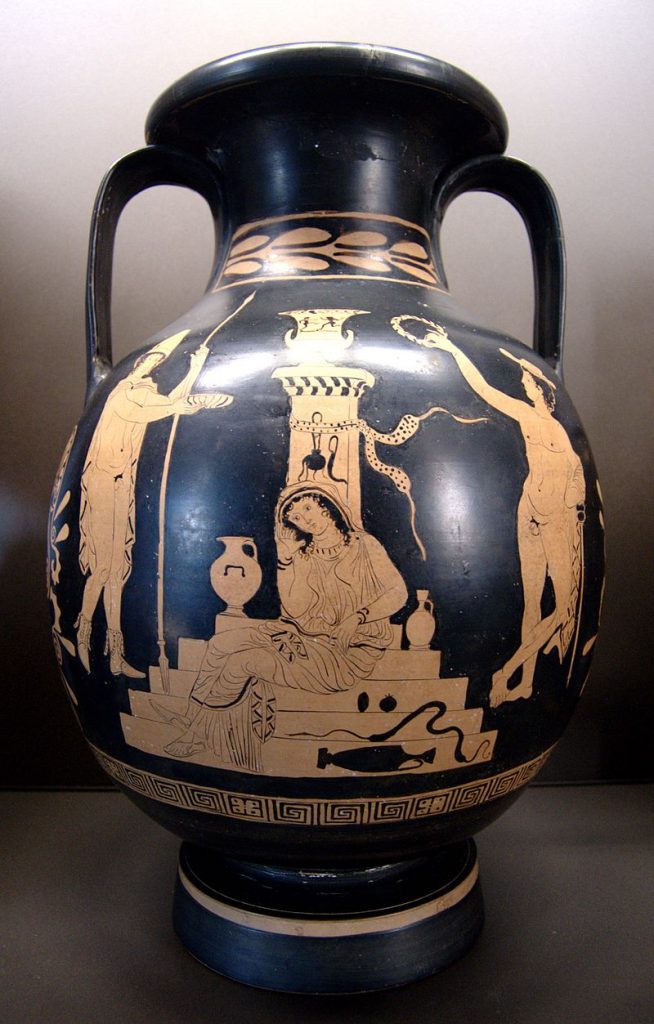 Elektra in the tragedy of the same name by Sophocles is represented by a deeply grieving daughter, who, unlike her sister, did not reconcile herself, but was waiting and preparing retribution.
Elektra in the tragedy of the same name by Sophocles is represented by a deeply grieving daughter, who, unlike her sister, did not reconcile herself, but was waiting and preparing retribution. Euripides dedicated two tragedies to Electra at once - Electra and Orestes, the action of which takes place sequentially. The tragedy of Seneca "Agamemnon" almost repeats the plot of the work of Aeschylus.
Euripides dedicated two tragedies to Electra at once - Electra and Orestes, the action of which takes place sequentially. The tragedy of Seneca "Agamemnon" almost repeats the plot of the work of Aeschylus.

Elektra

Electra, vase, Attica, 490 BC

Electra and Orestes at the tomb of Agamemnon, Relief, Attica, early 5th century BC

Orestes kills Clytemnestra, on the left is Electra, on the right on the steps of Aegisthus, relief on a bronze shield, Attica, second half of the 6th - early 5th century BC.

Electra at the tomb of Agamemnon, Lucan vase 380-370. BC.

Electra at the tomb of Agamemnon, red-figure vase
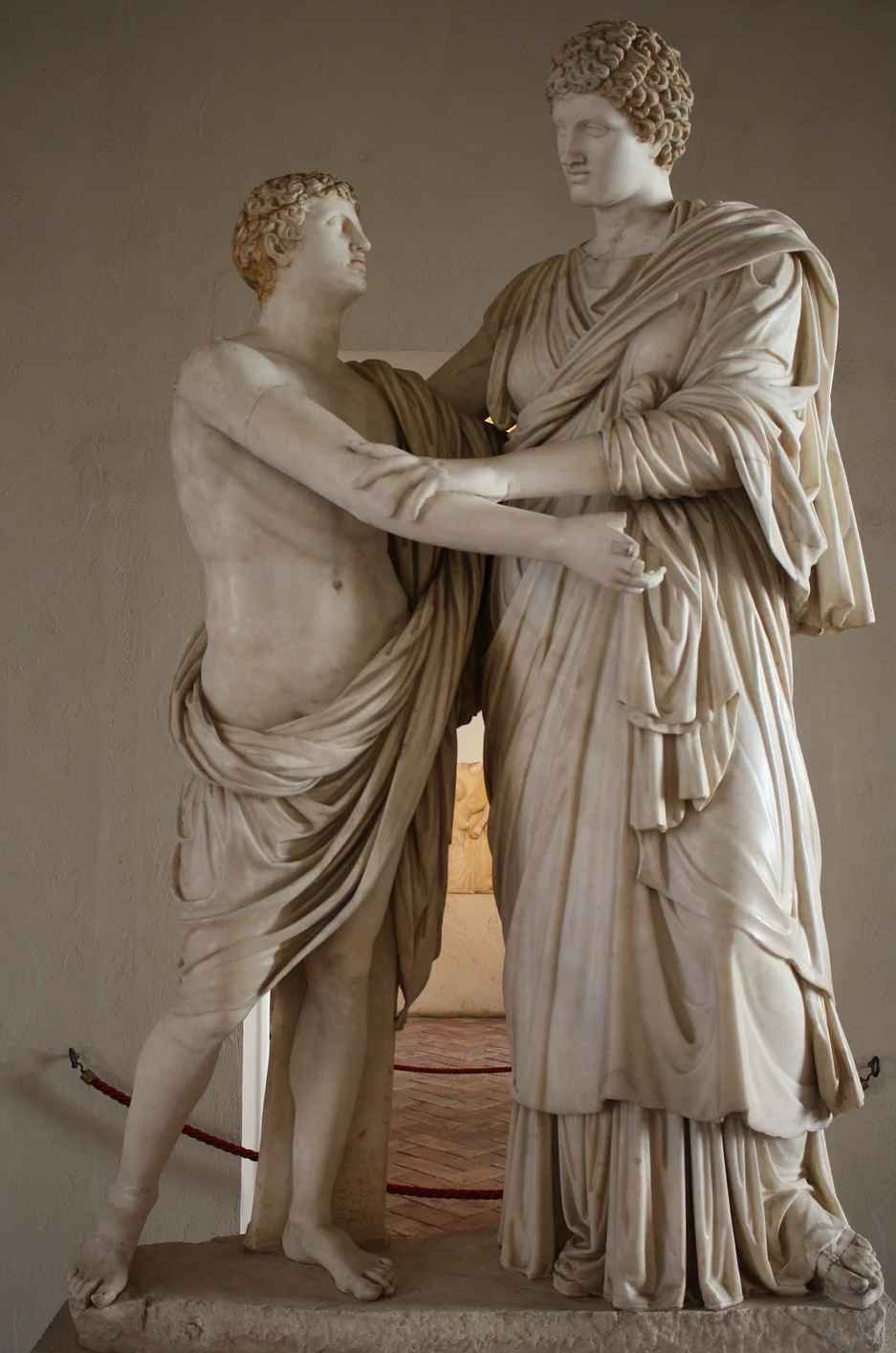
Orestes and Electra, 1 st. BC.
Each of the above works presents the viewer with a moral dilemma. Is it fair and moral to become a mother-killer in order to avenge your father? With all the diversity in the storyline, the variety of characters, this is the central problem that neither people nor gods are trying to solve, but cannot.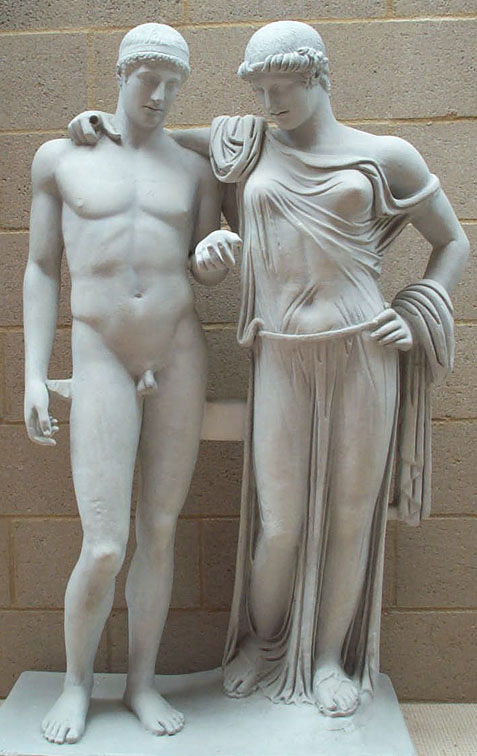 In times closer to us, from the beginning of the 18th century to our time, the plot of the myth of Electra and Orestes became the subject of more than 50 literary works, a considerable number of sculptures and paintings.
In times closer to us, from the beginning of the 18th century to our time, the plot of the myth of Electra and Orestes became the subject of more than 50 literary works, a considerable number of sculptures and paintings. But of course, the main heritage reflecting the events of the myth was created in ancient times.
But of course, the main heritage reflecting the events of the myth was created in ancient times.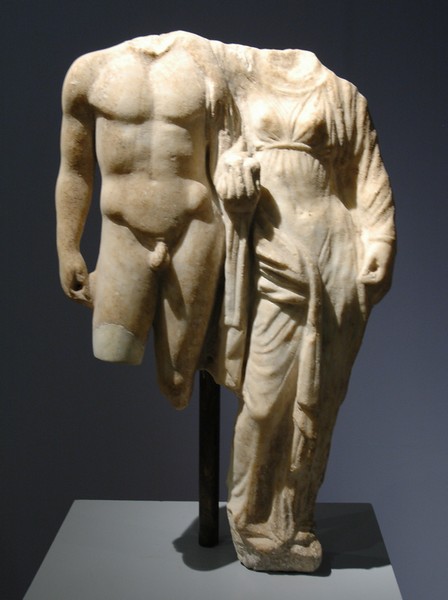

Orestes and Electra, 1 st. BC, Museum of Naples

Painting by Frederic Leighton Electra at the Tomb of Agamemnon, 1869

Orestes and Electra, Museum of the City of Amphirolis
